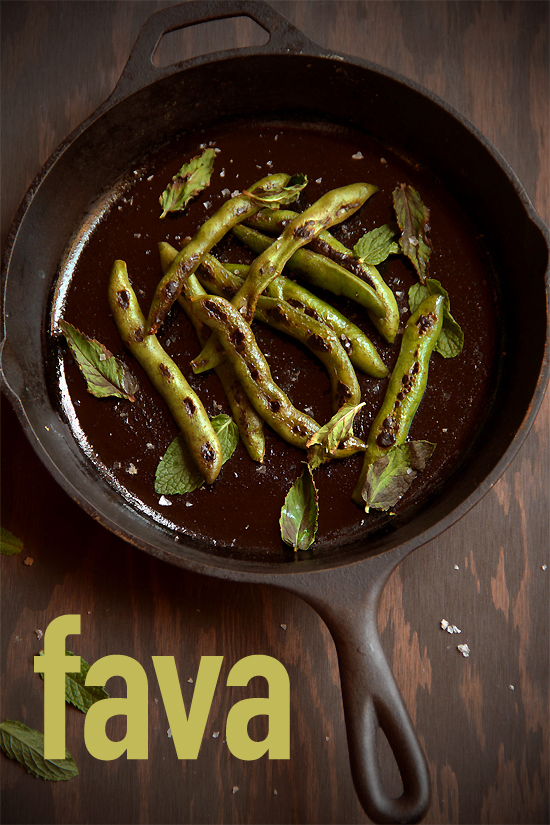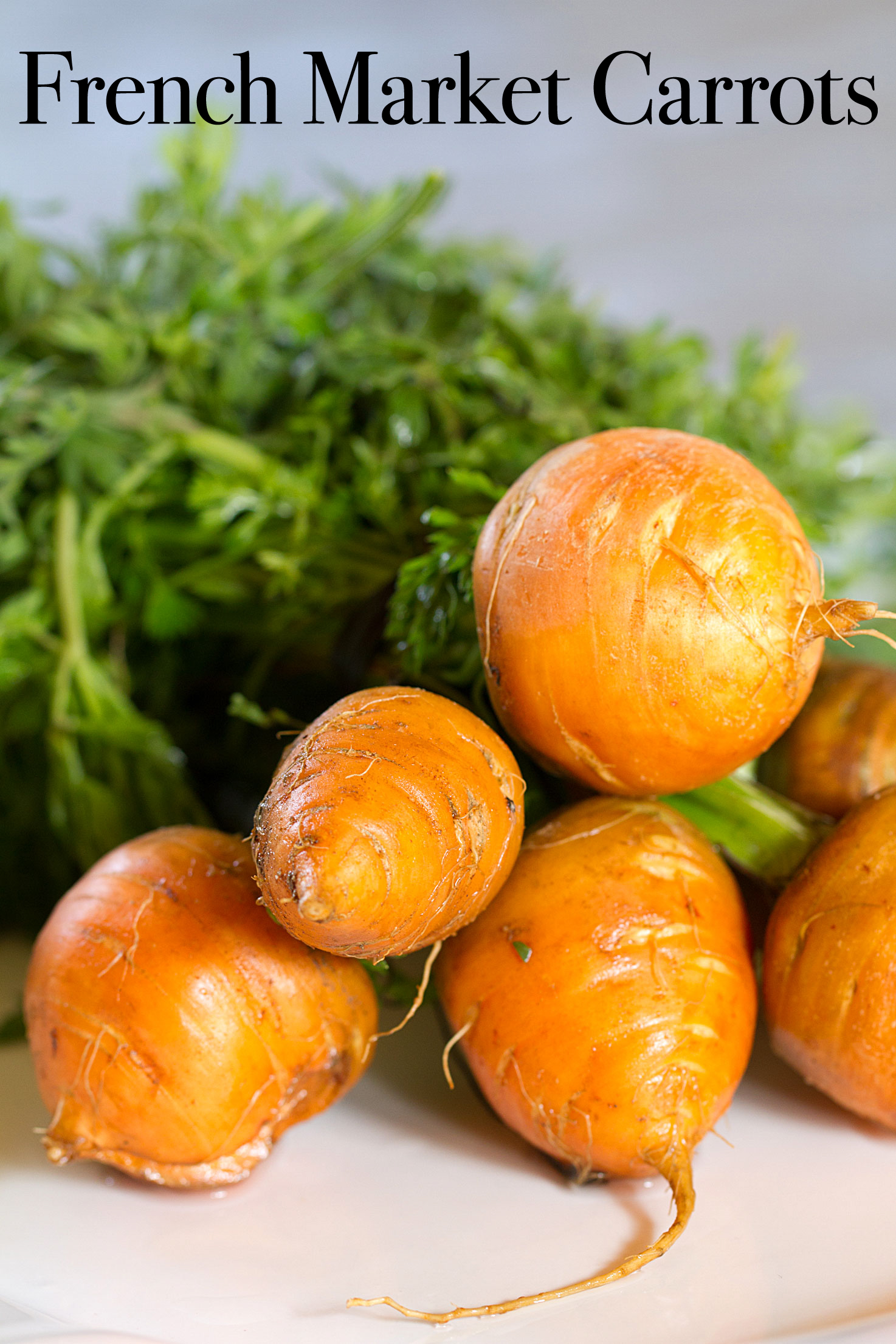
This asparagus salad is like all things asparagus. Here today gone tomorrow. That’s because it features those big fat spears that are only available for a very short time.
So I advice, whether it’s this asparagus salad or some other preparation, eat springtime asparagus as often as you can get your hands on it. It’s already past the official “first day” of spring so there’s not much time to get cracking on the remaining weeks (days?) of the very best of the jumbo asparagus spears.
Just for the record, I’ve followed my own advice on this subject for years. So I’ve learned a few things.
Or maybe I should say ‘unlearned’ a few things. Because the big, fat jumbo asparagus spears are so fleeting (and I’ll admit pricey) a lot of lore has popped up around the blogosphere regarding the proper care and treatment of these green goddesses. However, like most persnickety rules, half the stuff you hear about asparagus is a load of garden manure.
Starting with the idea that the skinny spears are the “baby” asparagus. Well sorry that’s just false. Thin asparagus spears are usually produced on mature plants and from the furthest tips from the center of the plant. They tend to be stronger flavored and a bit woodier in texture. Which does not mean they are not wonderfully delicious, but it does dictate how you might choose to use them. Thin asparagus is very good for grilling, and stir-frying. Any quick hot method of cooking suits them well. Their strong asparagus flavor is a good match for bold flavors like garlic, black pepper, sharp cheese and cured meats. But I also like to slice them thin to be used in pasta, risotto and soup.
Jumbo Asparagus Salad
To me the jumbo fat asparagus are best served simply. They are milder and creamier in flavor than your “everyday” asparagus. Still, they come from the same set of roots as the thin spears. In fact the jumbos come from the biggest very healthiest part, usually near the center and often from young or newly planted shoots. They’re very good at taking the starring role in a recipe as in this asparagus salad.
But there’s more lore out there. Some of the least helpful information has you tying the asparagus up in a bundle, wrapping it in a damp tea towel prior to steaming it standing straight up (in a special pot no less). I’m hoping for dinner, not a new vocation.
The only advice I’ve come across that’s any good at all is to peel the stalks of fat asparagus. This removes some of the fibrous strings, and it helps the asparagus cook properly. Without the peels the stalks cook a bit quicker than the tips. Giving you tender stalks and crisp tips. Which is exactly what I’d call cooking this asparagus salad properly– and the only advice I tend to offer. GREG





Oh, I wish I hadn’t been so behind in my blog reading these past two weeks. (Work has gotten in the way of my social life…) This is just the kind of salad I was wanting last weekend to go with my poached shrimp. Sigh. I have learned a lessons. Read my blogs in a timely fashion; go to work late.
P.S. I always suspected that there was some bunk to be debunked about asparagus… Thank you!
One of my very favorite spring vegetables, I’m on a steady diet of asparagus while they last!
Lovely salad, Greg! And thank you for clearing up some of the annoying misconceptions about asparagus fat and thin. Hoping to pick up some nice fat spears this week.
Love the jewel-like salmon roe in this dish, such a nice compliment to the spring potatoes and asparagus. A great seasonal treat!
I love them in all shapes but not yet here. It’s still brrr cold and snowy this weekend. Not until Twitter and blogging did I have such seasonal envy!
Hello friend! Seems we are always on the same ‘blog’ page! Alas, I was raised eating the skinny-minny asparagus–guess that wild woodsy taste grew on me…however, I enjoy the first of Spring asparagus et al. Great info!
I generally like pencil thin asparagus for the exact reasons you stated (woody and grilling). But I’m going to search out some “fat asparagus” (it prefers to be called “big boned”) for my bisque, due to the texture you noted. Great information here, Greg.
Spring has sprung when it’s asparagus season! Great tips! And don’t you think peeling the asparagus also makes it EVEN prettier!?
Good advice Greg.
I can’t wait to see local asparagus start appearing. Then I know it’s really spring.
Gosh — I guess I never really thought about what makes for a skinny or fat asparagus. Probably just assumed the fatter ones grew longer on the stalk. Fat or skinny- I love them!
Beautiful salad and beautiful asparagus tips. Or should I say tips about asparagus?
I love your asparagus salad, and the tips as well. I’ve heard some weird veggie lore before, but the one you mentioned about tying up asparagus and wrapping them in a tea towel is the weirdest yet. I agree with you: It’s one of the least useful information about asparagus out there.
While asparagus is here I go crazy for it — this salad is definitely something I need to try!
Thanks for all of the asparagus tips! Spring has such a bounty of beautiful seasonal produce — green garlic, rhubarb, ramps, and morels to name just a few. I never knew that fat asparagus were so short-lived though. I guess this makes sense because usually I can only find the medium or thin-sized versions!